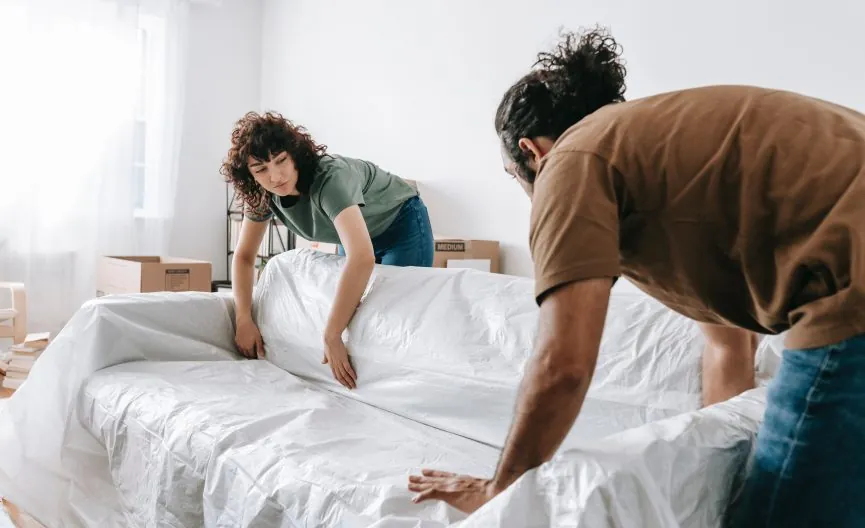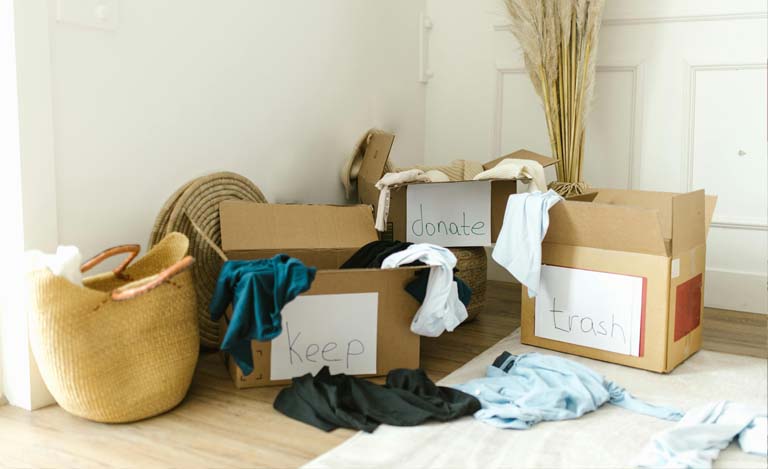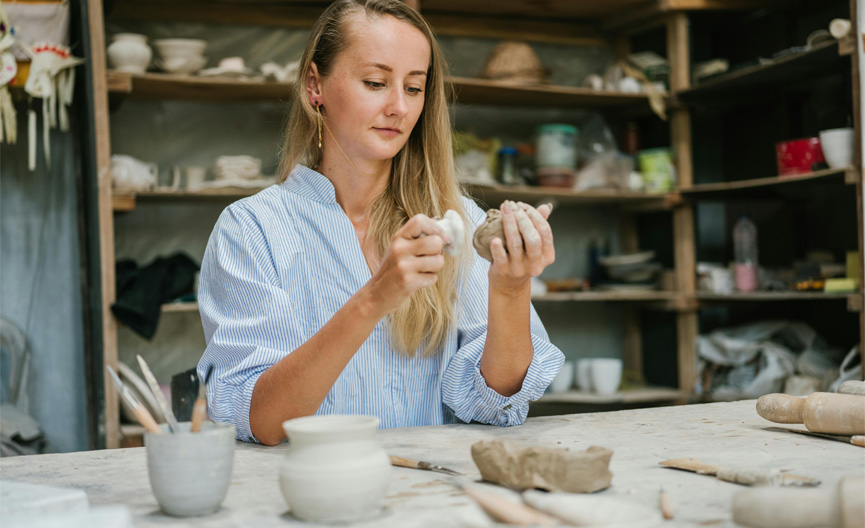Some of the bulkiest and space-consuming items in a home are the most expensive ones too. Beds, sofas, wardrobes, armchairs, chests of drawers, TV sets. So when it come to storing furniture it’s best to make sure you do it properly.
A Clean Start
For starters you need to thoroughly clean those items that you are going to store. First of all dust them down with a soft cloth to remove any surface dirt. Then give them a more thorough wipe down, using a cleaner that’s suitable for each material – wood, glass, metal, plastic, vinyl, etc. After they are good and clean allow them to air dry and they should be ready for packing.
Avoiding Mould And Mildew
Making sure everything is thoroughly dry is important or you may have problems with mould and mildew at a later date. Cleaning fabric chairs, sofas and mattresses is important for the same reason. Gently wipe the surface with an antibac cleanser and warm water solution – or according to instructions for the specific kind of fabric you’re dealing with. Allow to air dry.
Not A Screw Loose
Where possible, take beds, tables and chairs to pieces before storing them. Wrap the legs in bubble-wrap and store these together. Remove dresser drawers, couch cushions and all the planks from bed frames. Group and wrap these pieces together. Make sure to store all screws, nuts and bolts in plastic bags, which you can attach to the piece of furniture they came from.
TVs And Computers
If you have the original boxes, these are the best way to store computers and TV sets with the cords, speakers, microphones and other accessories wrapped individually. If you don’t have the original boxes, we can supply ones that are the right size if you ask our front of house team.
Breakable Items
Items that can break easily, such as mirrors and glass tables, need to be protected with bubble wrap, moving blankets, cardboard or foam. Pay extra attention to corners when packing fragile pieces by using edge protectors or an extra layer of bubble wrap or cardboard. Maximise your available packing space by filling wardrobes and drawers with soft items and use stretch wrap to keep cabinet doors or dresser drawers closed while moving.
Keeping The Dust Away
Once in your storage unit, cover both leather and wood furniture with a thin layer of soft fabric, such as cotton or flannel. Drop cloths, covers and blankets are useful for keeping the dust at bay. As a general rule, it’s best to avoid plastic packaging materials where possible, as it can suffocate certain materials like wood and leather.
Packing Your Storage Unit
Store mirrors and framed pictures standing upright to prevent them from collapsing under their own weight. Never put anything on top of a leather sofa or chair as it can leave indentations over time. It’s also a good idea to leave space between items when you pack them in your storage unit, rather than forcing too much in which may cause damage and prevent the air being able to circulate.
The Cost Of Furniture Storage
Furniture storage costs obviously depend on how much furniture you wish to store, but you can be sure that storing it properly is a darn sight cheaper than replacing it altogether. If you’d like more information putting furniture in storage, and our prices and some more handy tips about doing it right, don’t hesitate to give us a call.



